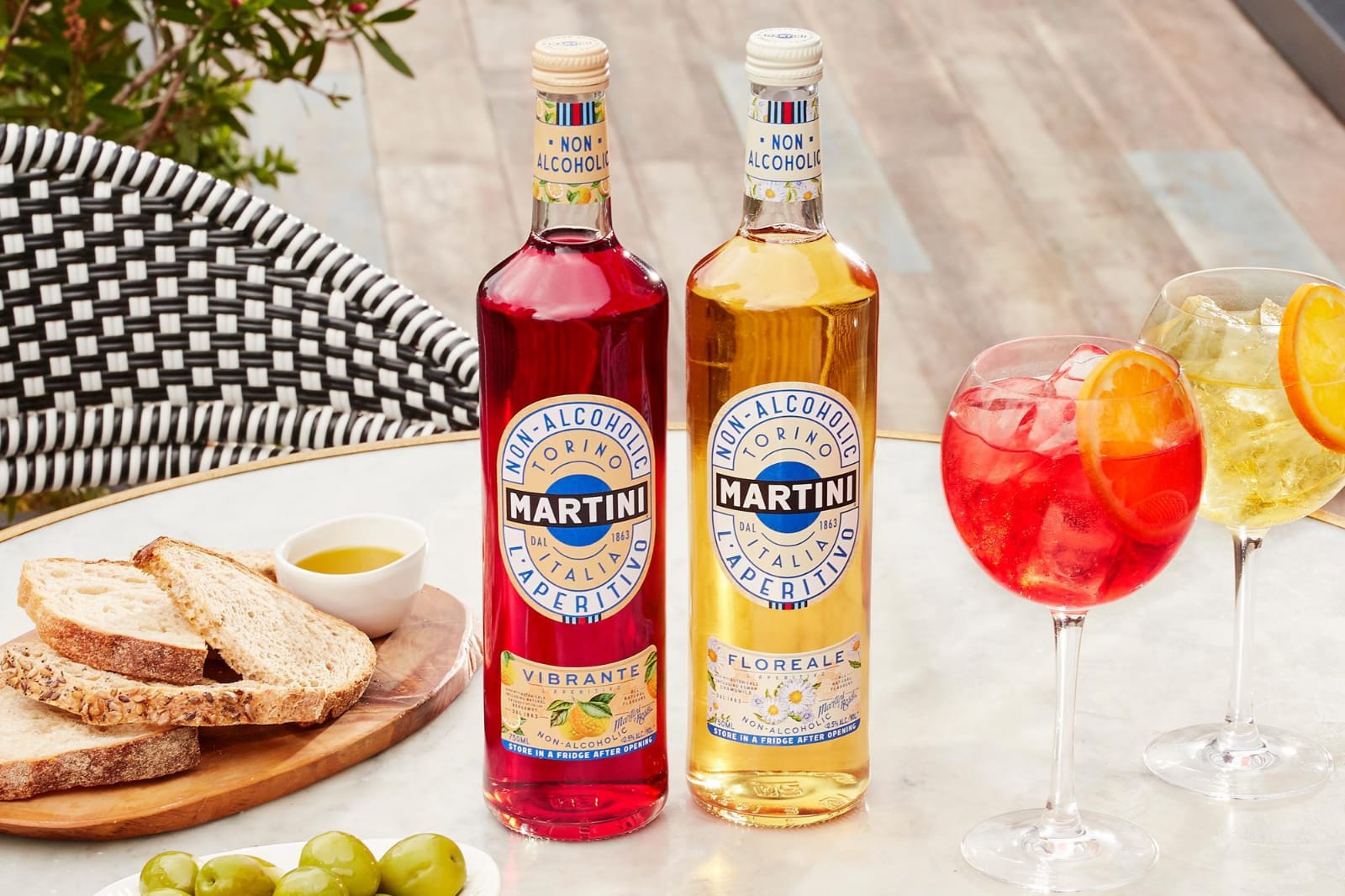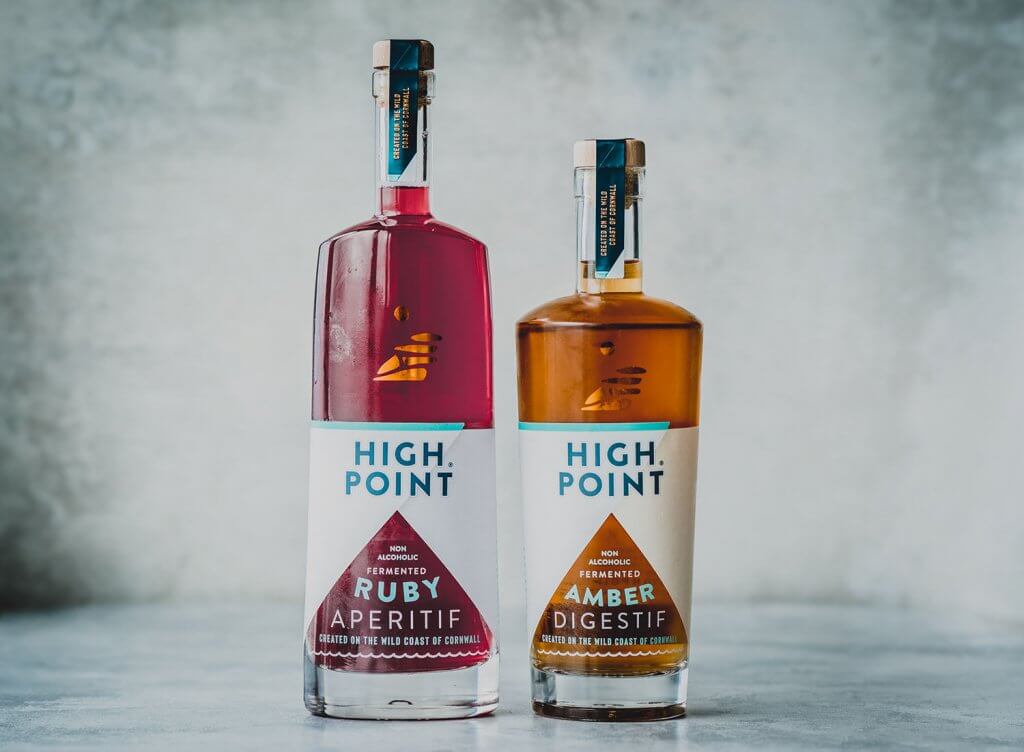Dry January and Sober October have been steadily growing in popularity since their inception. This year, nearly 5.2 million Brit’s took part in Dry January which marks the highest ranking to date. Suffice to say, major brands are rushing to fill the NoLo space as the market continues to expand.
Changing lifestyles
As health and fitness take priority over hangovers, and young sober-conscious generations embrace cleaner living habits, NoLo is firmly on the rise as more brands of beer, wine, RTD and spirits choose to jump on the NoLo bandwagon.
However, it is less cut and dry than it seems.
A study by Nielson showed that while 1 in 5 young adults are turning away from alcohol, 4 in 5 are not. Drinks brands that are looking to capitalise on growing wellness trends need to recognise that consumers are often conflicted; they may choose to abstain from alcohol on certain occasions but are not refusing to drink altogether.
What is driving premiumisation?
Premium-level alcohol is now firmly in the mainstream, largely due to the rise in craft beers and spirits. GlobalData reports that 40% of consumers buy premium drinks at least ‘occasionally’ which represents a sizeable target audience.
Millennials and Gen-Z’ers are believed to be the key drivers behind premiumisation. With many millennials upending the ‘Boozy Britain’ stereotype and adopting sober living, Gen-Zer’s are refraining from the outset as part of the modern wellness movement.
That said, when choosing to partake in an alcoholic beverage, younger drinkers are more likely to opt for a premium drink. Equally, millennials seek out authentic, high-quality and ethical options. Overall, those who have reduced their intake are keen to indulge in high-quality, richly flavoured options when they choose to drink.
Understanding the reasons why people choose between brands is important in shaping future trends. Sober-living and premiumisation are clearly at the top of the agenda which suggests that NoLo brands will significantly benefit from moving into this popular space.

Innovation of flavours and packaging
Many NoLo producers are now focussing on the use of botanicals to create the rich flavours associated with premium brands. Product focus is shifting towards functional benefits such as added vitamins and adaptogens. Labels are moving away from the absence of alcohol and towards the addition of flavours.
When cider producer, Sassy launched their new collection of low alcohol ciders, their products boasted features such as ‘gluten free’, ‘100% natural’ and ‘lower in calories’. Tapping into the premiumisation of the low-alcohol sector with brand reinvention, their aim was to hit the market as healthy alternatives were sought by consumers.
Packaging is becoming more innovative with brands like Martini bursting onto the NoLo scene with ‘sexy drinks packaging that people can’t put down!’ A tagline of ‘Don’t fit in, stand out’ serves to help consumers embrace their sobriety with the utmost confidence.
Drive success
The potential for emerging NoLo brands is to capture the mood of countercultures; people who choose not to go with the accepted norms. With these customers, their chosen brands need to adapt to suit their unique needs and tastes.
A quality product and a premium brand is critical to success. Consumers of no or low-alcohol need to feel every inch as important as their alcohol-consuming counterparts which means that quality, luxury, passion and positivity should all be brand highlights.
Experiential builds on the elements of individuality, premiumisation and clear storytelling which feature in many of the leading NoLo brands.
Stand out on the shelf
As more and more NoLo brands move into our local supermarkets, there is a great need to stand out from alternative brands. Much of the current packaging relies on traditional, tried and tested alcohol cues which isn’t necessarily a bad thing – consumers crave familiarity when delving into the unknown.
Tesco’s popular, NoLo Chardonnay generally sticks to old concepts but adds a touch of offbeat labelling. To the untrained eye, the bottle looks just like a standard bottle of wine. It is likely that this reserve in design is less about fear of the unknown and more about research-based business sense. While the Hardys Zero brand is focussed on heritage and trust which is more likely to attract customers to NoLo.
However, moving forward, as NoLo brands seek more ambitious ways of standing out, it’s highly likely that we’ll be seeing more daring packaging moves to coincide with confident choices and luxury products.

The future of Nolo
Generally speaking, consumers are now seeking products of a higher quality; rich flavours combined with luxury packaging that complement a healthy lifestyle, empowering taglines that adopt an unapologetic approach to chosen habits.
If you’re taking your NoLo brand to the next level, focus on creating a luxury consumer experience with high quality packaging that demonstrates your passion for your brand.
We’re here to discuss your brand and help inspire you into bringing it to life. Please get in touch!
We’d love to find out more about your product or brand and we’d be delighted to arrange a consultation to discuss your product embellishment needs – simply fill in the form and we’ll be in touch.
Alternatively, give us a call on 01733 396080